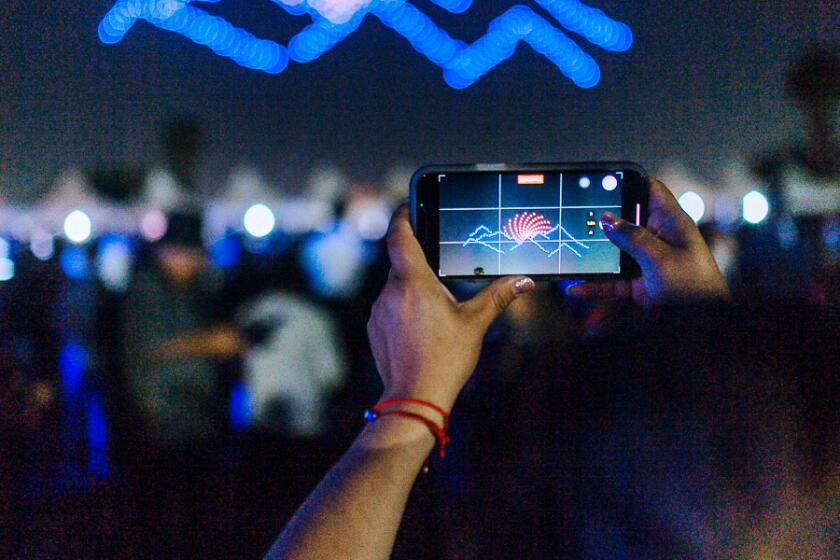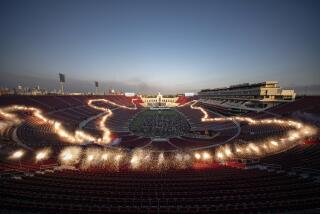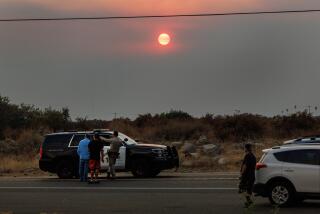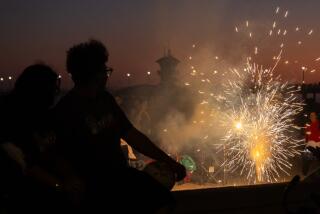Commentary: Fireworks take a toll on the environment. Just check out New Delhi after Diwali
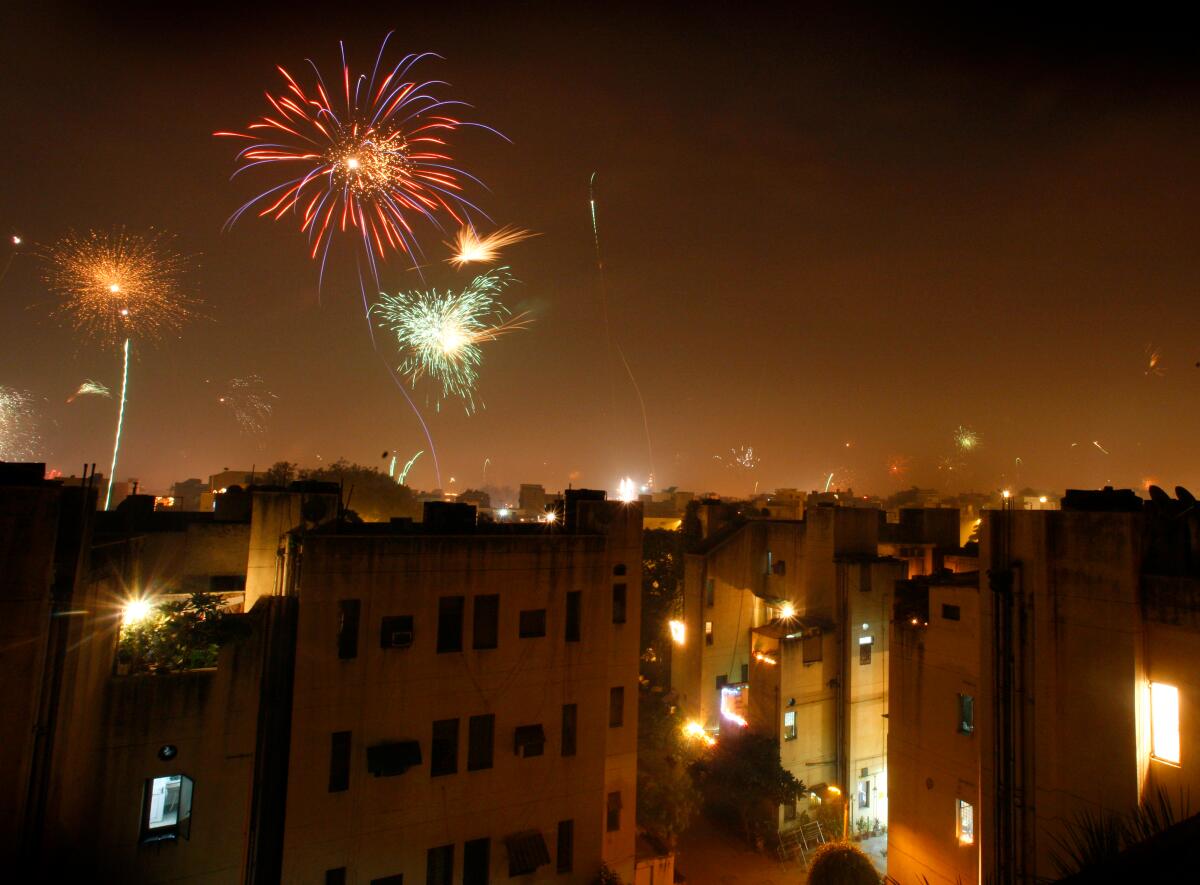
As the sun dips below the horizon on the Fourth of July, the Southern California sky comes alive with dazzling bursts of fireworks. Yet beneath this spectacle lies a sobering reality: We pay an environmental toll for this fleeting beauty.
As an international student hailing from New Delhi — one of the world’s most polluted cities — I can’t help but see parallels between the Fourth of July and my hometown’s own celebrations during Diwali, the annual Hindu festival of lights and arguably India’s most widely-celebrated festival. Similar to the Fourth of July, fireworks light up the night sky on Diwali, marking the date of Lord Rama’s return to the kingdom of Ayodhya after serving a 14-year exile.
And, like the Fourth of July, the fireworks leave a lasting impact on the environment. The degradation of air quality in New Delhi is much worse than in Los Angeles, but should serve as a warning against taking the environmental impact of fireworks — and air pollution, in general — too lightly.
New Delhi battles an air pollution crisis year-round, and measured an average Air Quality Index of 209 last year. An AQI of less than 50 is considered “good,” and anything above 200 is “very unhealthy.” Each year, Diwali causes the AQI to skyrocket, at times reaching terrifying levels. In 2016, the day after Diwali saw an AQI of 999, the maximum level that can be recorded.
More communities are ditching fireworks in favor of drone light shows that are better for public health and the environment.
Los Angeles has a much lower average AQI than Delhi, but still over the last few years has averaged an AQI considered “poor.” Most recently, L.A. received a failing grade in the 2023 State of the Air report, signifying the dangerous levels of air pollution in the area. On most days, the AQI in Los Angeles County is between 51 and 100 — still outside of the level considered “good.” I find these levels worrying, because they represent air pollution that is invisible enough to be easily ignored in the midst of the celebratory atmosphere of, say, the Fourth of July, but definitely not insignificant.
In New Delhi, for instance, the air pollution immediately after Diwali gets so bad that schools all over the city shut down for “pollution breaks.” As a kid I didn’t know much about the large-scale impact of fireworks, and it was hard to get me to care about pollution. But the first time I got a pollution break — probably sometime in junior high — the environmental degradation that I had heard about suddenly became attached to this tangible event. It was a moment of reckoning for me, my peers and our parents.
My purpose for writing this essay is to share my sadness at watching the air in beautiful New Delhi deteriorate. I hope I can help prevent — in some small way — the same from taking place in my new home. Although I miss New Delhi dearly, I have come to love the clean smell of California’s air, and I am worried about what we stand to lose as the air continues to worsen.
The time is ripe to start advocating for a cleaner Fourth of July, so that we can prevent California’s future generations from ever needing a pollution break and feeling as if they can’t go outside because breathing the air of their city could seriously hurt them.
With new technological advancements, in fact, we have access to insanely cool new alternatives to fireworks — such as drone light shows, or even virtual fireworks in augmented reality. In embracing these alternatives, we can be a part of a cleaner future, where every child has the freedom to go outside every day. That’s a spectacle worth celebrating.
More to Read
A cure for the common opinion
Get thought-provoking perspectives with our weekly newsletter.
You may occasionally receive promotional content from the Los Angeles Times.
